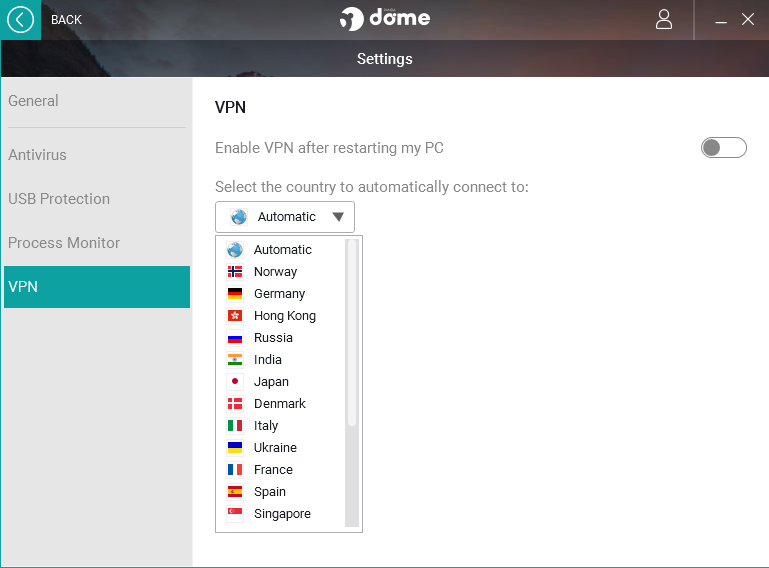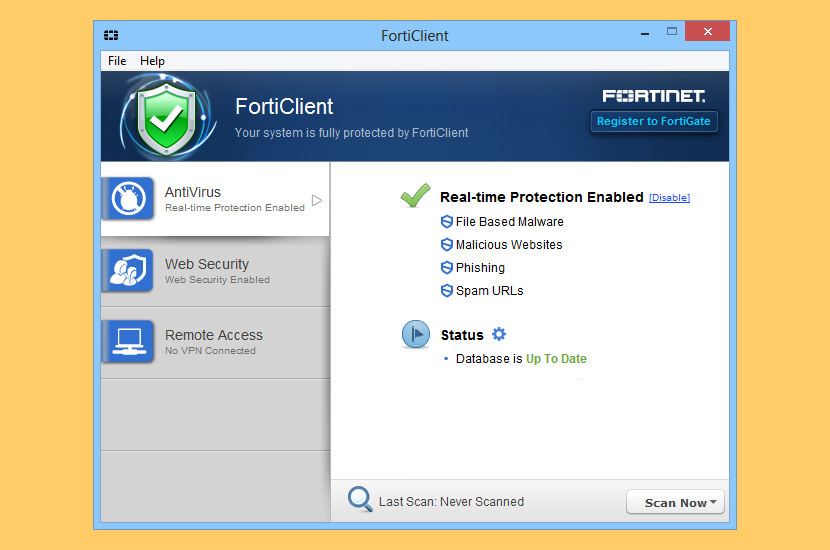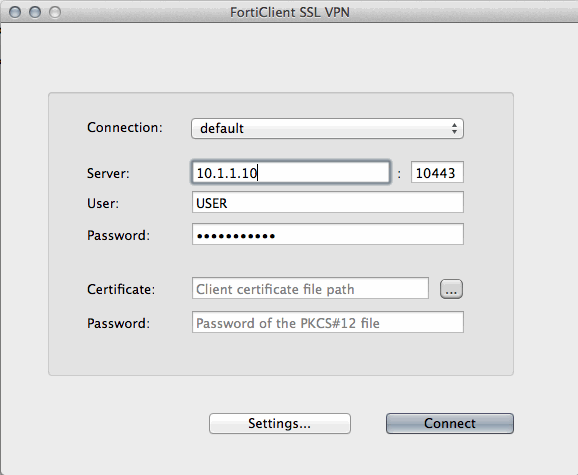

The instructions below are tested on Mac OS 10.7.3 (Lion). When using Meraki-hosted authentication, the VPN account/username setting on client devices (e.g. PC or Mac) is the user email address entered in the dashboard. Machine authentication: Preshared keys (e.g. shared secret).User authentication: Active Directory (AD), RADIUS, or Meraki-hosted authentication.Password: Credentials for connecting to VPN.įor more information regarding the configuration of VPN connections in Chrome OS, visit the Google Support page.Ĭurrently, only the following authentication mechanisms are supported:.If using Meraki authentication, this will be an e-mail address. Username: Credentials for connecting to VPN.Pre-shared key: Enter the shared secret that admin created in Security appliance > Configure > Client VPN settings.Provider type: Select L2TP/IPsec + Preshared key.Service name: This can be anything you want to name this connection, for example, " Work VPN".Admin can find them in dashboard under Security appliance > Monitor > Appliance status. Hostname is encouraged instead of active WAN IP because it is more reliable in cases of WAN failover. Server hostname: E nter the hostname (e.g.com) or the active WAN IP (e.g.


IPSec preshared key: Enter the preshared key that admin created in Security appliance > Configure > Client VPN settings. Admin can find them in the dashboard under Security appliance > Monitor > Appliance status. Server address: E nter the hostname (e.g.com) or the active WAN IP (e.g. Name: This can be anything you want to name the connection, for example, " Work VPN"

Existing configurations on devices will still work, but there is no current way to set up a Client VPN connection on new devices without a pre-existing one. Note: Support for L2TP/IPsec VPNs was deprecated on Android devices as of Android 12.


 0 kommentar(er)
0 kommentar(er)
